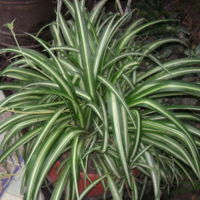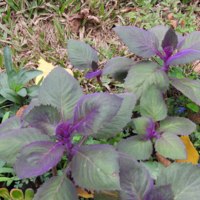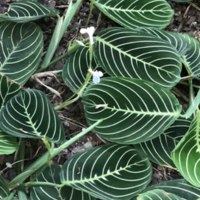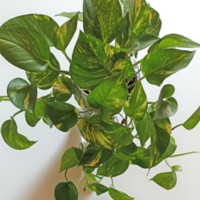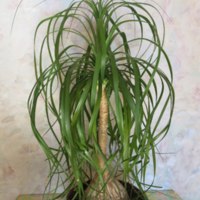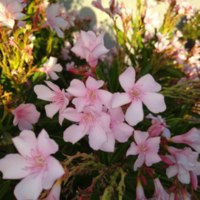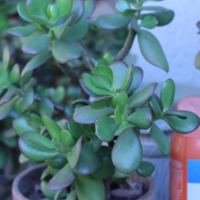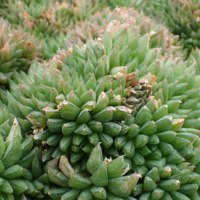Browse Items (16 total)
Sort by:
-
Venus flytrap
The Venus flytrap is the common name for Dionaea muscipula. It requires bright light for at east 6 hours a day, with acidic soil that is consistently damp. Venus flytraps need distilled water or rainwater. -
Spider Plant
Colloquially known as the spider plant, the scientific name of this plant is Chlorophytum comosum. It is safe for both dogs and cats. For care, the spider plant needs indirect bright light, 60–80 degrees F. Water once a week, or less frequently in winter. -
Royal Velvet Plant
Gynura aurantiaca is an evergreen herbaceous perennial that is safe for dogs and cats. They should be kept in bright light with some protection during the afternoon when the sun is hottest. They need well-drained pots but are not picky about soil. Royal velvet plants like to be well-watered, but do not water their leaves as it makes them prone to fungus. Keep these plants in 60 to 70° and prefers slightly more humid climates. These plants should be fertilized once a week, and monthly or biweekly in the winter. -
Rattlesnake Plant
Known by the common name rattlesnake plant, the scientific name is Goeppertia insignis. Safe for dogs and cats. For care, use loose, fast-draining soil, fertilizing monthly in spring and summer only, indirect light, 70–80 degrees F. Water whenever the top of the soil feels dry. -
Prayer Plant
Colloquially known as the prayer plant, the scientific name of this plant is Maranta leuconeura. It is safe for both dogs and cats. Consistent warmth, indirect light, temperatures between 68° – 85°F, and watering every 1 to 2 weeks will help this plant thrive. -
Pothos
Scientific name is epipremnum aureum and is poisonous to both dogs and cats. These plants are easy to take care of and require little attention. They need indirect sunlight and will not do well in direct sunlight. Pothos should be watered every 1-2 weeks once the soil dries out. Ideal temperatures during range from 65-85 degrees F. -
Ponytail Palm
Scientific name is Beaucarnea recurvata and is safe for both dogs and cats. These plants are easy to take care of and require little attention. They need bright, indirect sunlight. Allow the first inch or two of the top soil dry out completely before watering again; ponytail palms do not require much water. Normal room temperatures are fine for the palm. -
Jade Plant
Scientific name is crassula ovata and is poisonous to both dogs and cats. These plants are easy to take care of and require little attention. They need direct sunlight, and the soil should be moist at all time and never dry out. Ideal temperatures during the day range from 65-75 degrees F. The ideal temperature range during the night is 50-55 degrees F. -
Haworthia
Haworthia cooperi is part of a varied species of the Haworthia genus. It requires watering every two weeks, or once a month in the winter when it is dormant. Alternatively, water it when whenever the soil is able to dry out. It prefers bright, indirect light and does not require fertilizer. This plant is slow-growing and does not often outgrow its pot.

